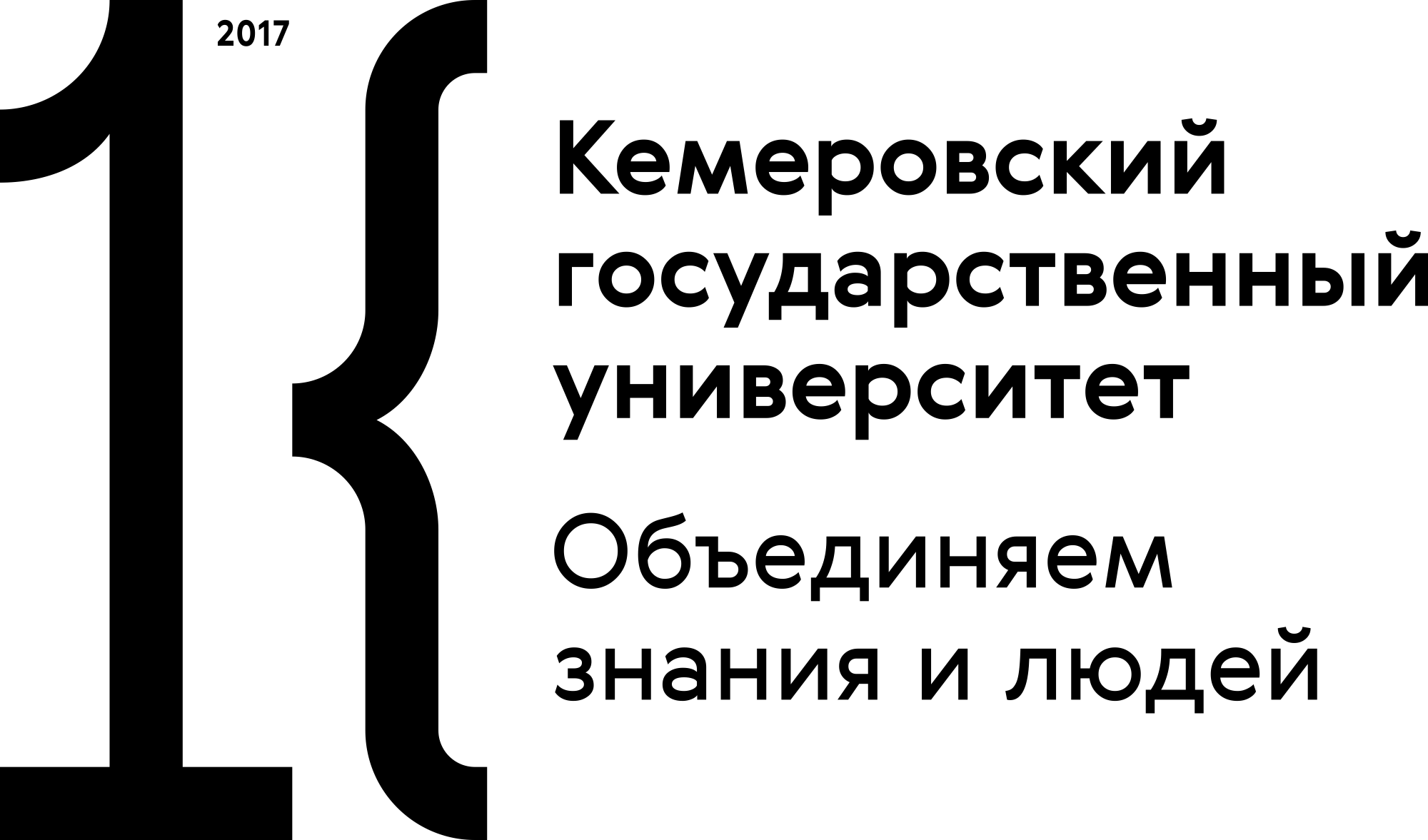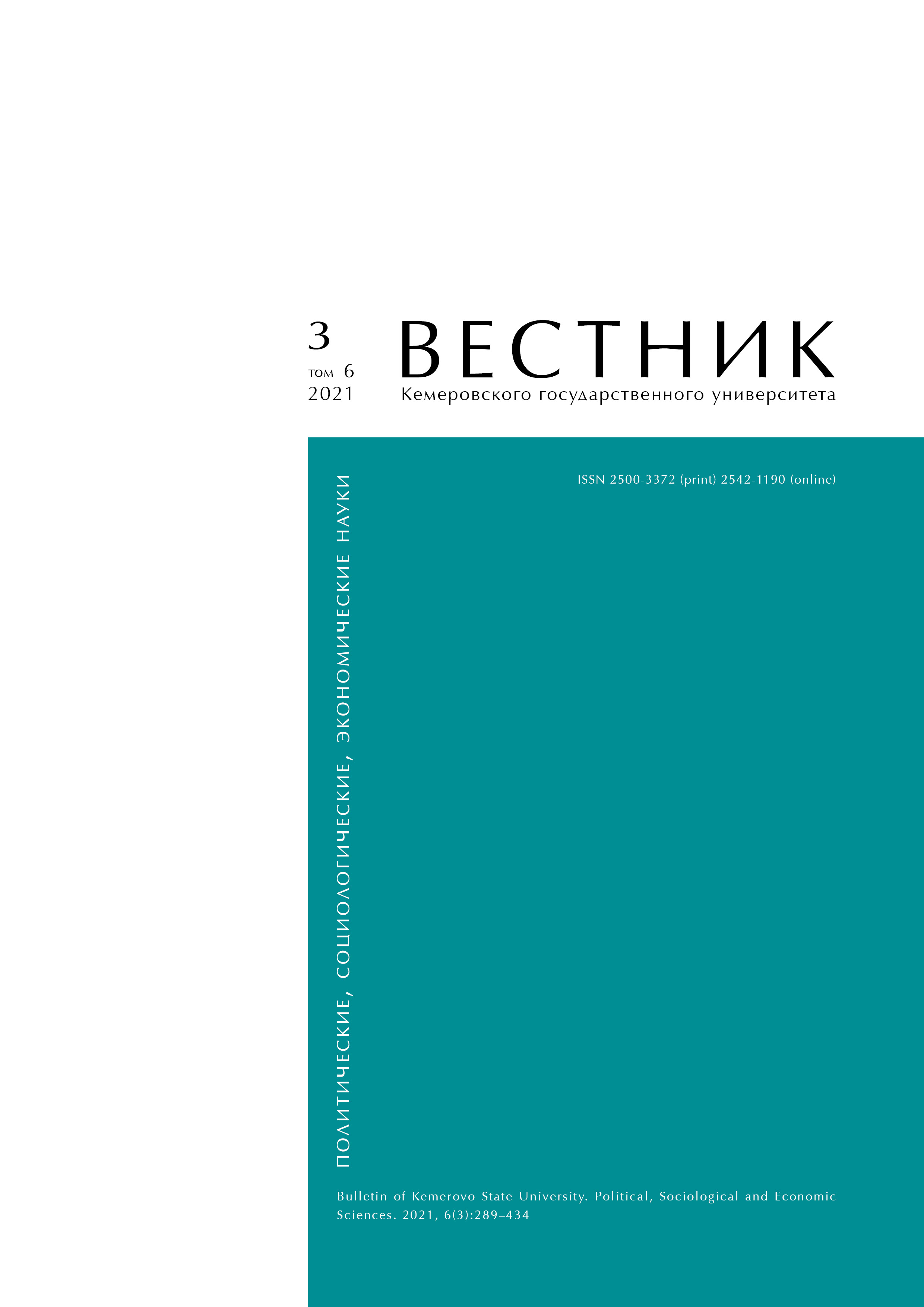Kemerovo, Russian Federation
UDC 31
Youth migration is growing all over the world, including Russia and its regions. Migration is a natural process that cannot be stopped. However, excessive migration can deteriorate the socio-economic situation of the region that keeps losing its population. The research objective was to analyze the factors and motives behind the outflow of young people from the Kemerovo region, as well as to develop some measures that might help to reduce this process. The study was based on statistics and research data conducted by the Regional Sociological Center since 2015. The last two decades have seen a permanent decline in the local population, both due to natural causes and migration. The latter involves young people who leave their native region to study or work somewhere else in Russia or abroad. Potential migrants are driven by the lack of prospects for personal and professional development, the poor choice of attractive jobs, and their desire to live in larger and more comfortable cities. Young people flee from low salaries, bad ecology, poor conditions for cultural development, and low living standards. Therefore, young people believe that the migration can be stopped by higher salaries, more jobs, high-quality social services, better mortgage opportunities, more attractive conditions for self-development and leisure, a more stable economy, a better environmental situation, etc.
migration, mobility, migration motives, labor potential, population outflow, students, pupils, educational and professional plans
1. Rybakovsky L. L. History and theory of population migration. Book 2: Population migration: phenomenon, concept, and determinants. Moscow: Econ-Inform, 2017, 234. (In Russ.)
2. Ravenstein E. G. The birthplace of the people and the laws of migration. The Geographical Magazine, 1876, 3: 173-233.
3. Massey D. A synthetic theory of international migration. World in the Mirror of International Migration, 2002, 10: 143-153.
4. Zelinsky W. The hypothesis of the mobility transition. Geographical Review, 1971, 61(2): 219-249. https://doi.org/10.2307/213996
5. Stouffer S. A. Intervening opportunities: a theory relating mobility and distance. American Sociological Review, 1940, 5(6): 845-867. https://doi.org/10.2307/2084520
6. Lee E. S. A theory of migration. Demography, 1966, 3(1): 47-57. https://doi.org/10.2307/2060063
7. Zipf G. K. The P1P2/D hypothesis: on the intercity movement of persons. American Sociological Review, 1946, 11(6): 677-686. https://doi.org/10.2307/2087063
8. Vechkanov G. S. Migration of labor resources in the USSR: the political and economic aspects. Leningrad: Izd-vo LGU, 1981, 143. (In Russ.)
9. Denisenko M. B., Iontsev V. A., Khorev B. S. Migration studies. Moscow: Izd-vo MGU, 1989, 96. (In Russ.)
10. Zaslavskaya T. I., Rybakovsky L. L. Migration processes and their regulation in a socialist society. Sotsiologicheskie issledovaniya, 1978, (1): 56-66. (In Russ.)
11. Moiseenko V. M., Larmin O. V., Merzhanov G. S. Migration mobility of the population in the USSR. Moscow: Statistika, 1974, 160. (In Russ.)
12. Rybakovsky L. L. Regional analysis of migrations. Moscow: Statistika, 1973, 159. (In Russ.)
13. Topilin A. V. Territorial redistribution of labor resources in the USSR. Moscow: Ekonomika, 1975, 159. (In Russ.)
14. Khomra A. U. Migration of the population: questions of theory, research methods. Kiev: Nauk. dumka, 1979, 146. (In Russ.)
15. Khorev B. S., Chapek V. N. Issues of migration studies. Moscow: Mysl, 1978, 254. (In Russ.)
16. Averin A. N. Migration of the population. Moscow: Izd-vo RAGS, 2006, 102. (In Russ.)
17. Blinova M. S. Modern sociological theories of population migration. Moscow: KDU, 2009, 159. (In Russ.)
18. Bondyreva S. K., Kolesov D. V. Migration (essence and phenomenon). Moscow: MPSI; Voronezh: MODEK, 2004, 295. (In Russ.)
19. Iontsev V. A., Shelestov D. K., Kvasha A. Ia. Introduction to demography. Moscow: TEIS, 2002, 636. (In Russ.)
20. Moiseenko V. M. Internal migration of the population. Moscow: TEIS, 2004, 285. (In Russ.)
21. Modern issues of migration in Russia: Proc. All-Russian Sci. Conf., Moscow, 11-13 Nov 2003. Moscow-Ruza, 2003, 167. (In Russ.)
22. Yudina T. N. Sociology of migration. Moscow: Akad. proekt, 2006, 272. (In Russ.)
23. Adigamova O. F. Scenarios for the development of the migration situation young people in Russia. Chelovek. Sotsium. Obshchestvo, 2020, (3): 17-20. (In Russ.)
24. Byuraeva Yu. G., Piskunov E. Yu. The migrational intentions of student youth of the Far Eastern region (on the materials of the Republic of Buryatia). Vestnik Tomskogo gosudarstvennogo universiteta, 2020, (459): 98-106. (In Russ.) https://doi.org/10.17223/15617793/459/12
25. Varshavskaya E. Ya., Chudinovskikh O. S. Migration intentions of graduates of Russia's regional higher educational institutions. Vestnik Moskovskogo universiteta. Seriia 6: Ekonomika, 2014, (3): 36-58. (In Russ.)
26. Zykina O. A. Migration plans of Russian high school students: a regional dimension. Vestnik antropologii, 2020, (4): 153-169. (In Russ.) https://doi.org/10.33876/2311-0546/2020-52-4/153-169
27. Kashnitsky I. S., Mkrtchyan N. V., Leshukov O. V. Interregional migration of youth in Russia: a comprehensive analysis of demographic statistics. Voprosy obrazovaniya, 2016, (3): 169-203. (In Russ.) https://doi.org/10.17323/1814-9545-2016-3-169-203
28. Lobova S. V. Conceptual framework for the study of labor youth migration. Bulletin of Science and Practice, 2018, 4(11): 416-423. (In Russ.) https://doi.org/10.5281/zenodo.1488393
29. Mkrtchyan N. V. The youth migration from small towns in Russia. Monitoring of Public Opinion: Economic and Social Changes, 2017, (1): 225-242. (In Russ.) https://doi.org/10.14515/monitoring.2017.1.15
30. Odintsov A. V., Shipitsin A. I., Marchenko A. Yu. Centripetal migration of young people from the Russian province: causes and trends (example of Volgograd region). Monitoring of Public Opinion: Economic and Social Changes, 2020, (3): 335-354. (In Russ.) https://doi.org/10.14515/monitoring.2020.3.788
31. Ulmyasbaeva A. O. Factor analysis of interregional educational youth migration. Medicine. Sociology. Philosophy. Applied research, 2019, (6): 57-59. (In Russ.)
32. Beine M., Noël R., Ragot L. The determinants of the international mobility of students. CESifo Working Paper № 3848. Munich: CESifo, 2012, 33.
33. Ciriaci D. Does university quality influence the interregional mobility of students and graduates? The case of Italy. Regional Studies, 2014, 48(10): 1592-1608. https://doi.org/10.1080/00343404.2013.821569
34. Fassmann H., Gruber E., Nemeth A. Conceptual framework for the study of youth migration in the Danube region. YOUMIG Working Papers, 2018, (1), 106. https://doi.org/10.13140/RG.2.2.21481.60004
35. Kashnitsky I. S. Youth migration drives the depopulation of periphery. Proc. XV April Intern. Academic Conference on Economic and Social Development, Moscow, 1-4 Apr 2014. Moscow: Higher School of Economics, 2015, 3: 102-112.
36. King R., Lulle A., Morosanu L., Williams A. International youth mobility and life transitions in Europe: questions, definitions, typologies and theoretical approaches. University of Sussex, 2016, 61.
37. Knapp T. A., White N. E., Wolaver A. M. The returns to migration: the influence of education and migration type. Growth and Change, 2013, 44(4): 589-607. https://doi.org/10.1111/grow.12022
38. Raghuram P. Theorising the spaces of student migration. Population, Space and Place, 2013, 19(2): 138-154. https://doi.org/10.1002/psp.1747
39. Lyu H., Dong Z., Roobavannan M., Kandasamy Ja., Pande S. Rural unemployment pushes migrants to urban areas in Jiangsu province, China. Palgrave Communications, 2019, 5. https://doi.org/10.1057/s41599-019-0302-1
40. Smith D. P., Rérat P., Sage J. Youth migration and spaces of education. Children's Geographies, 2014, 12(1): 1-8. https://doi.org/10.1080/14733285.2013.871801
41. Pruel N. A., Lipatova L. N., Gradusova V. N. Migration in modern Russia: scope, main directions and problems. Regionology, 2020, 28(1): 133-158. (In Russ.) https://doi.org/10.15507/2413-1407.110.028.202001.133-158





















